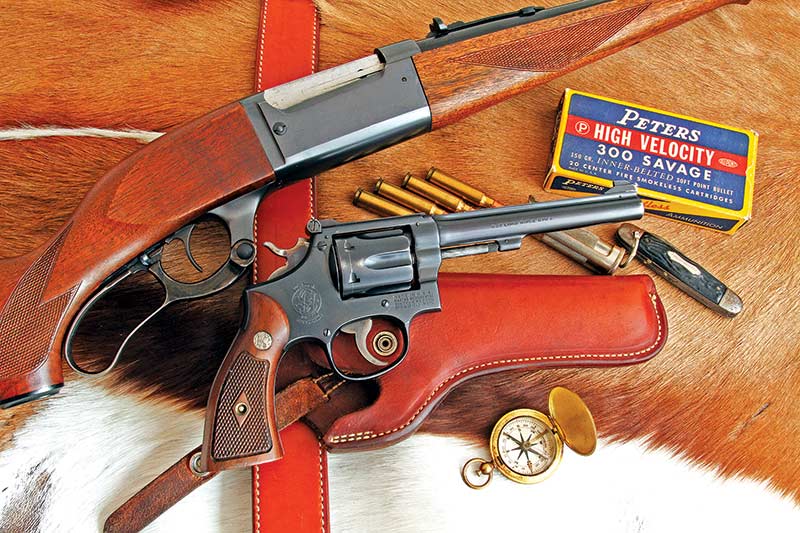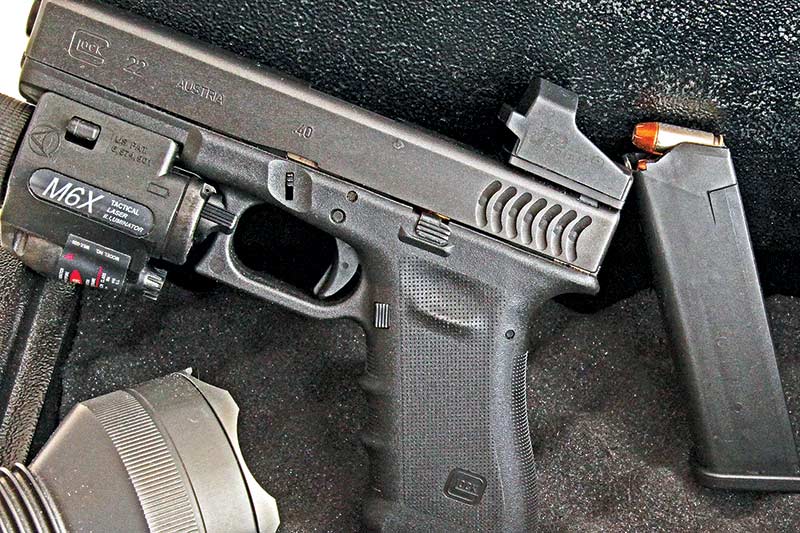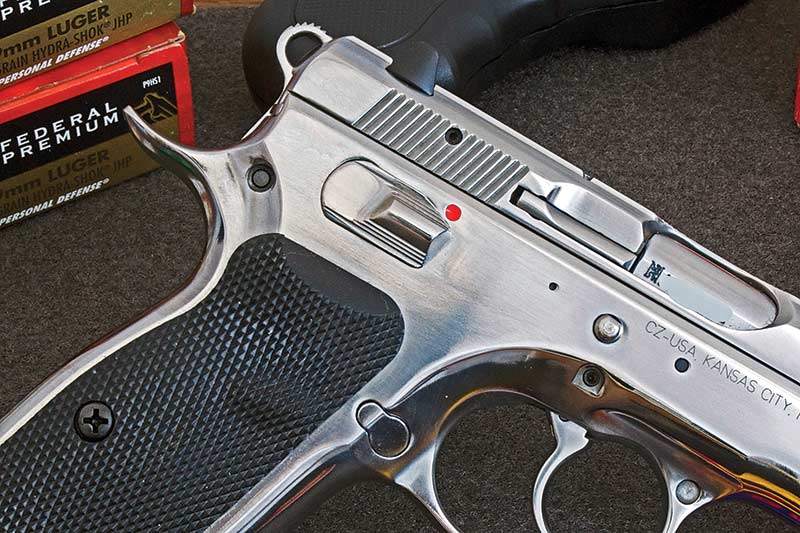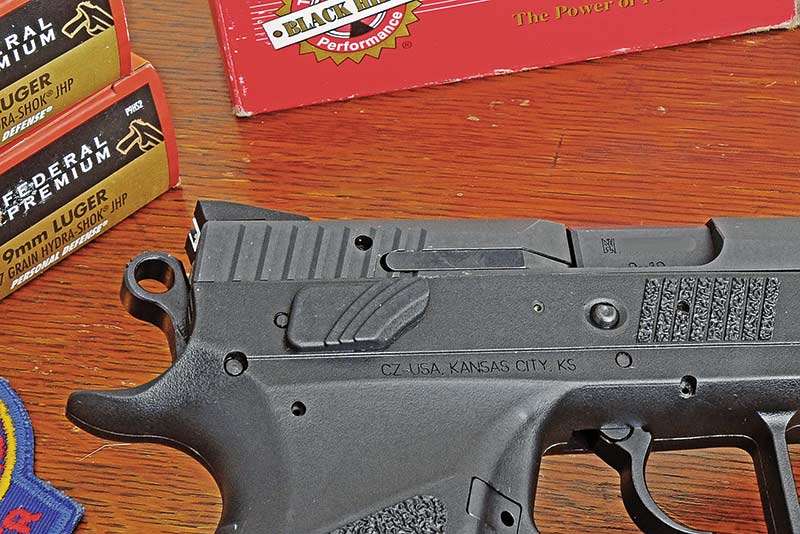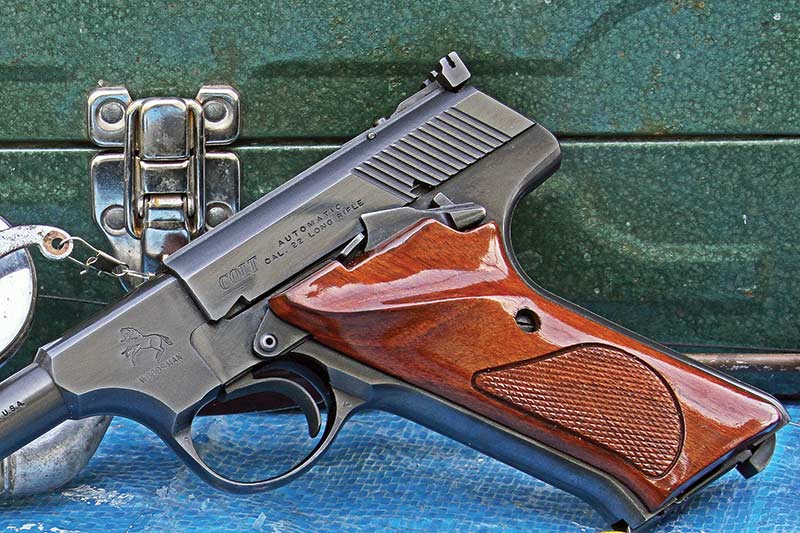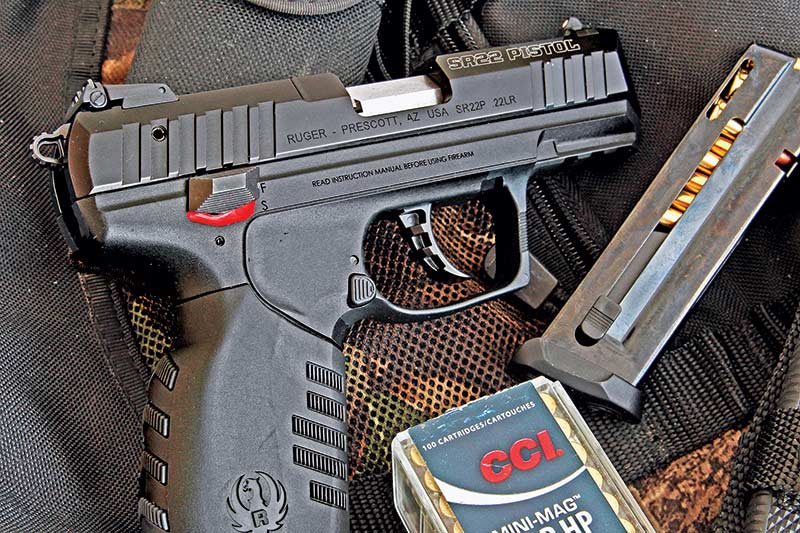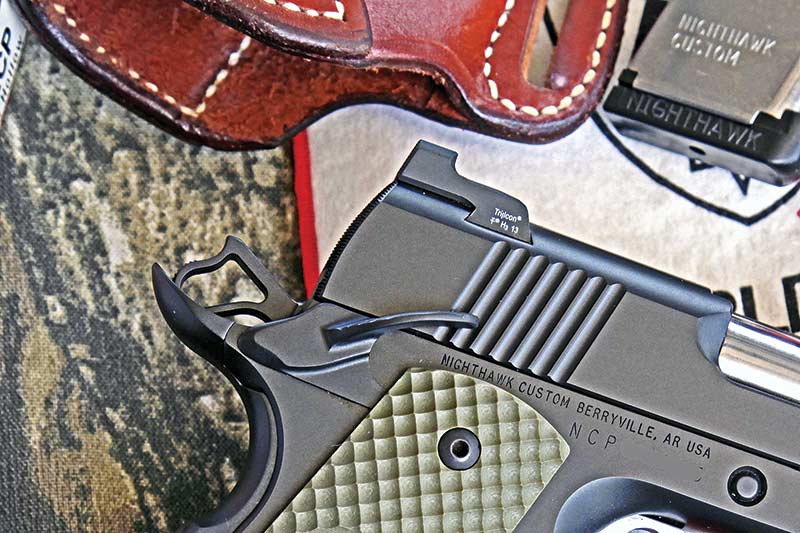Leaning Left...
The Long And Short
Got your attention I’ll bet, but we’re not talking about “that” left here. Left-handed people in many ways are better off today than in the past. My maternal grandmother was left-handed, a condition which wasn’t tolerated when she was an English schoolgirl late in the 19th century. If she got caught trying to write or do other tasks with the left hand it would get a sharp rap with a ruler — all for her own good, of course.
One of my sisters is left-handed, but fortunately schools in the 1960s and 1970s were more enlightened. All she had to do was learn to cope with a right-hand world where seemingly things from school desks to scissors were difficult to use. Although the situation today is generally improved, lefties still have limitations compared to righties. Not because of any particular bias against them but simply because product designers never give much thought to the issue.
Worldwide approximately 10 percent of people are left-hand dominant. Some research suggests southpaws are better at languages, more creative and athletic, and in general higher achievers than righties. A high percentage of top baseball and hockey players, possibly as high as 50 percent, are left-handed. On the other hand only about 4 percent of top-ranked golfers are southpaws.
For left-handed shooters long guns seem more of a problem than handguns. Most pump and semiauto shotguns, for example, eject fired cases in their face, and cross-bolt safeties work the wrong way for them. Most bolt-action rifles have the bolt handle — and often the safety — on the wrong side. The late Col. Charles Askins was a southpaw and an excellent all-around shooter. He managed by using over/under double-barrel shotguns with tang safeties.
In his younger days when left-hand bolt-action rifles didn’t exist, Askins used lever-action rifles, notably the Savage 99, although the sliding right-side safety must have been a nuisance. Later he had some bolt-action rifles converted so the handle was on the left side. The colonel, and many other left-handers, were delighted when Savage introduced a left-hand version of the model 110. Weatherby and Remington soon introduced left-hand actions. Most major manufacturers have followed suit.
Southpaw handgunners have it easier. Askins, for example, won a national bullseye title in the 1930s shooting left-handed and didn’t feel he was handicapped. Single-action revolver enthusiasts feel the old Colt Single Action Army and its many imitators are actually better suited to left-hand use. The left hand can retain the shooting grip on the revolver while the right hand can easily access the loading gate and ejector rod.
Revolvers with a cylinder latch on the left and with the cylinder swinging out to the left aren’t quite as handy but pose no serious problems. Regardless of which hand shoots the gun, DA revolver shooters hold the gun in the left hand while the right hand punches the ejector rod to dump fired cases, and then reloads with individual rounds or a speedloader.
Auto Advantages?
Semi-auto pistols really run the gamut. Some are almost completely ambidextrous while others are still “right hand friendly.” Personally I never gave the issue much thought until I took up practical shooting competition in the late 1970s. Many matches, certainly all major ones, included some “weak hand only” stages, which for me meant the left hand. Training in left-hand shooting with my Colt Series 70 National Match .45, I found the magazine release button and the slide stop/release could be easily accessed by the left hand trigger finger. The grip safety didn’t care which hand held the gun. But the manual safety was hopeless. It could be manipulated with the left hand but not fast and with a rather precarious grip on the gun. Ambidextrous safeties quickly became a popular aftermarket accessory and are currently standard on many 1911 designs.
Manual safeties are likely the biggest issue for left-handers. Most early semi-autos had the safety on the left side, accessible to right-hand shooters. Not just the 1911, but also the Luger, Browning and Colt pocket automatics, Colt Woodsman, Browning High Power, Walther PP and P38 series among many others. Fortunately several popular semi-autos such as the 1911, Browning High Power, CZ-75 and others were easily adapted to left-hand use by fitting an ambidextrous safety, either as a standard feature or as an option.
Left-handers welcomed the GLOCK pistol — and the many similar designs following — with open arms. Here was a semi-auto pistol offering no disadvantages to a lefty. There was no manual safety, the magazine release button and slide stop could be managed with the trigger finger, and the trigger pull was the same for everybody.
Many of the more recent handgun models introduced in the last couple of decades were designed with ambidextrous use in mind. Lefties may be a minority but they are not a small minority, and no sensible manufacturer is going to overlook 10 percent of the market!


